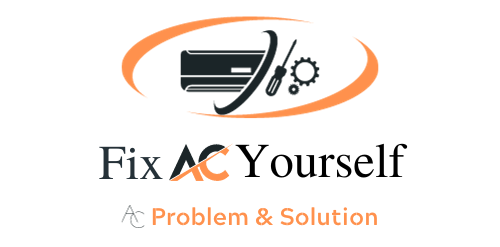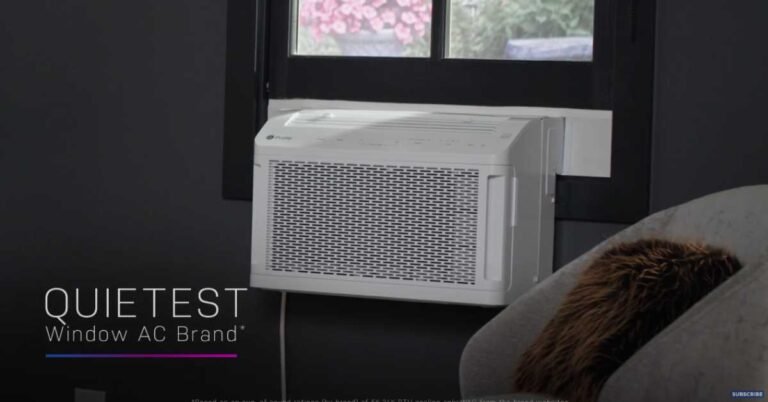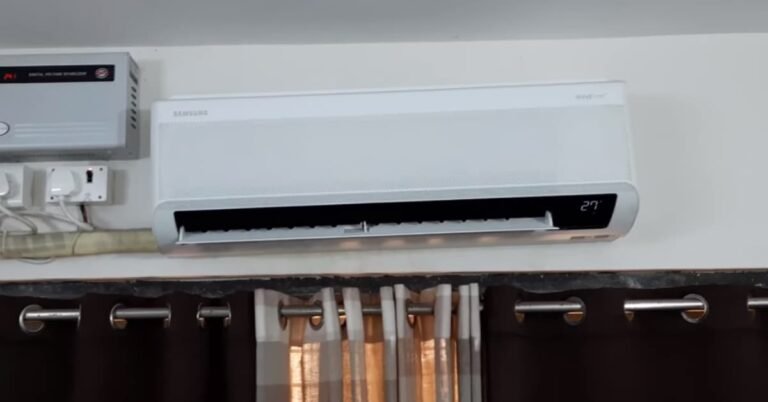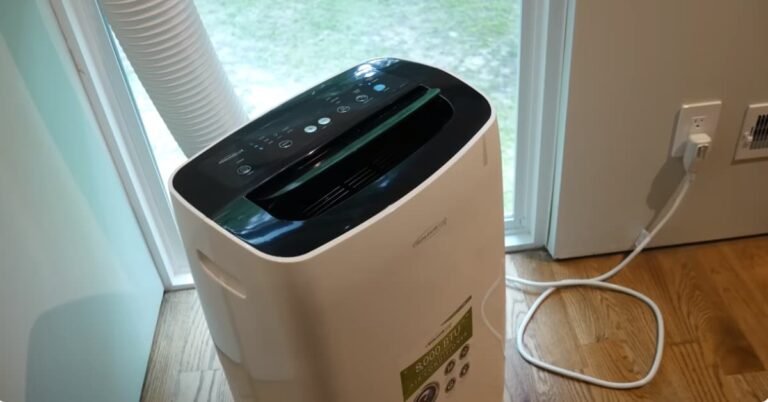What Are The Disadvantages of Using Dry Mode in AC?
Dry mode in AC often results in a less effective cooling experience. Additionally, it can lead to increased energy consumption if used continuously as a cooling alternative.
Air conditioners with dry mode functionality are a popular choice for managing indoor humidity. This mode reduces the level of moisture in the air, which is beneficial during the more humid seasons.
However, homeowners and office managers alike might notice that it doesn’t always achieve the desired coolness, especially during hotter days. Over Reliance on dry mode also poses the risk of running the air conditioner for prolonged periods, which could inadvertently hike up electricity bills.
Understanding these limitations is crucial for optimizing indoor climate control and maintaining the efficiency of your AC unit.
Disadvantages Of Using Dry Mode In AC
Many people enjoy the comfort of an air-conditioner during hot days. But, using the dry mode on an AC may not always be the best option. This mode can sometimes lead to problems. Let’s dive into what these issues might be.
Increases The Energy Consumption
Though dry mode can reduce humidity, it often needs more power. It turns the compressor on and off frequently. This action can increase your energy bill.
The Room Temperature Becomes Too Low
Using dry mode for too long can make the room colder than needed. It might feel uncomfortable, especially when people just want less humidity, not colder air.
May Lead To Mold Formation
Dry mode can cause mold. When the room gets too cold and still has some humidity, these conditions can help mold grow in corners and on walls.
Reduces The Potency Of The AC In Large Spaces
In a big room, dry mode may not work well. It is designed for small spaces. Big rooms at night stay humid and not feel as cool as they should.

Impact Of Dry Mode On AC Components
The ‘Dry Mode’ feature on an air conditioner reduces humidity but could potentially harm the AC components over time.
Compressor Damage
In ‘Dry Mode’, the compressor cycles on and off frequently. Frequent cycling might strain the compressor, leading to early failure or costly repairs.
Condenser Unit Overload
Continuous operation in ‘Dry Mode’ can overload the condenser unit. This excess stress can shorten the unit’s lifespan. It may also increase energy consumption, affecting efficiency.
Evaporator Unit Overheating
The evaporator coil helps remove moisture. In ‘Dry Mode’, it works harder, possibly causing overheating. Overheating might result in shutdowns or significant damage to the evaporator unit.
Clogging Of Air Filters
Using ‘Dry Mode’ frequently could lead to clogged air filters. The AC pulls in more airborne particles due to increased air circulation, thus clogging filters and reducing air quality.
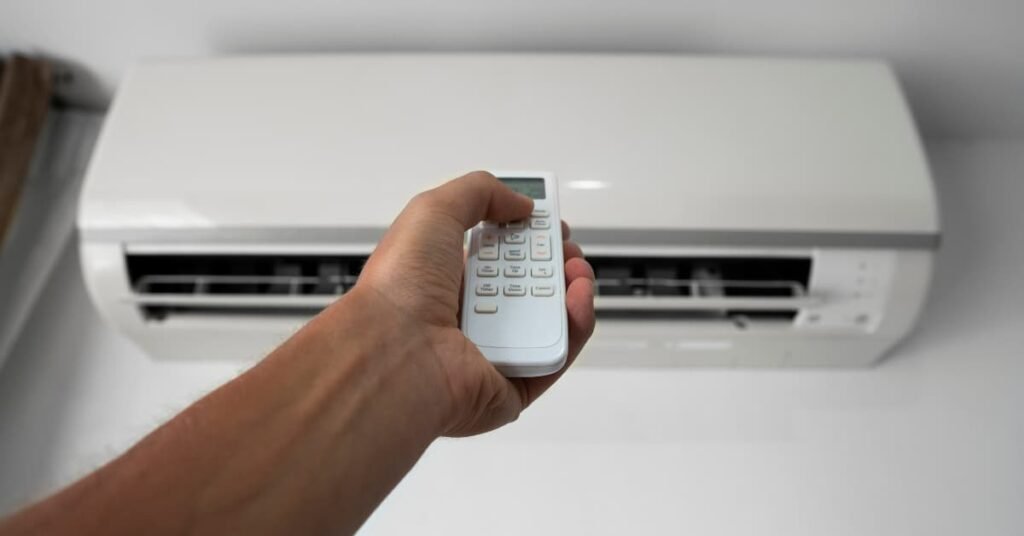
Alternatives To Dry Mode
Are you feeling the chill with the Dry Mode of your AC? It might not be suitable for every day. Let’s explore some options that can keep you cozy without over-drying your space.
Using The Fan Mode
Fan mode might be a better fit on milder days. It circulates air without cooling or drying too much. Check out these quick perks of switching to Fan Mode:
- Energy saving: Uses less power than cooling modes.
- Air circulation: Keeps air fresh without changing the temperature.
- Less dryness: No additional dehumidification to dry out the room.
Using The Auto Mode
The Auto Mode takes charge by adjusting itself. It balances between cooling and fan operations. Here are its advantages:
- Smart temperature regulation without constant manual adjustments.
- Energy efficiency improves as it adapts to the current room temperature.
- Comfort is maintained without the overuse of Dry or Cool modes.
Selecting The Appropriate Temperature Mode
Choosing the right temperature setting is key to staying comfortable. Not too cold, not too warm, just perfect. It’s best to:
| Temperature | Benefits |
| 24-26°C | Energy efficient and comfortable |
| 22-24°C | Slightly cooler, still energy-saving |
| >26°C | Warmer, saves more energy |
Remember, setting the temperature 1°C lower can increase the power consumption by up to 6%.
Conclusion
Dry mode on AC units isn’t always ideal. It may lead to discomfort due to excessive dryness and isn’t suited for all climates.
While it conserves energy and cools moderately, understanding its limitations is crucial. Keep these drawbacks in mind to maintain a comfortable and efficient home environment.
